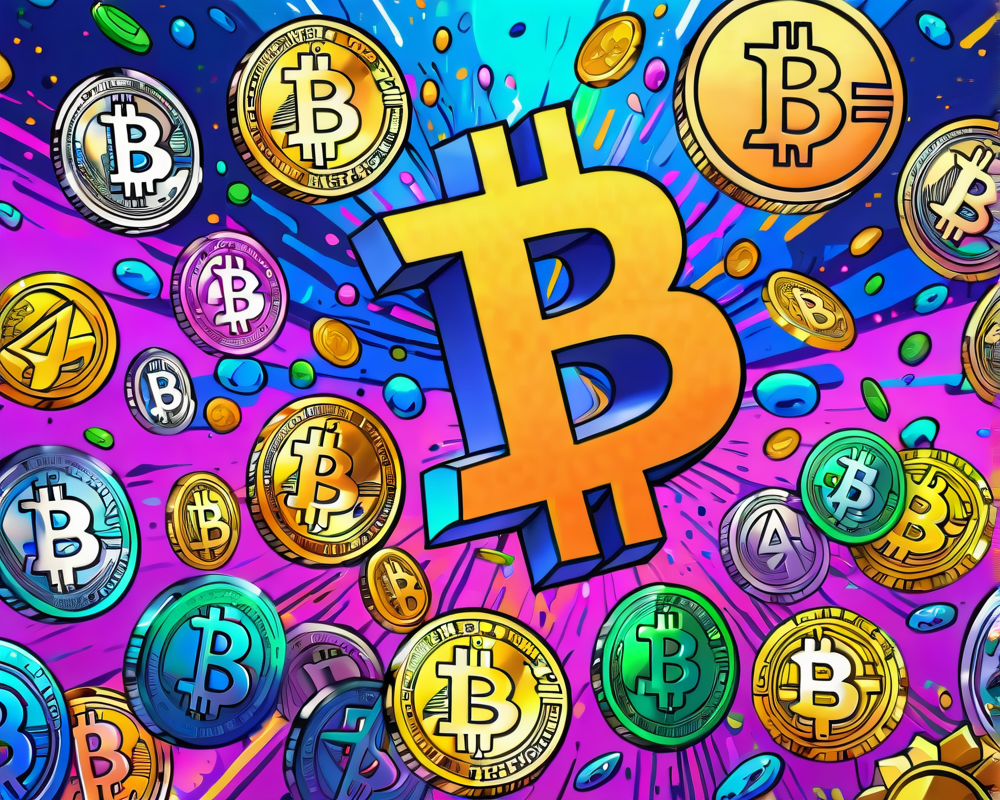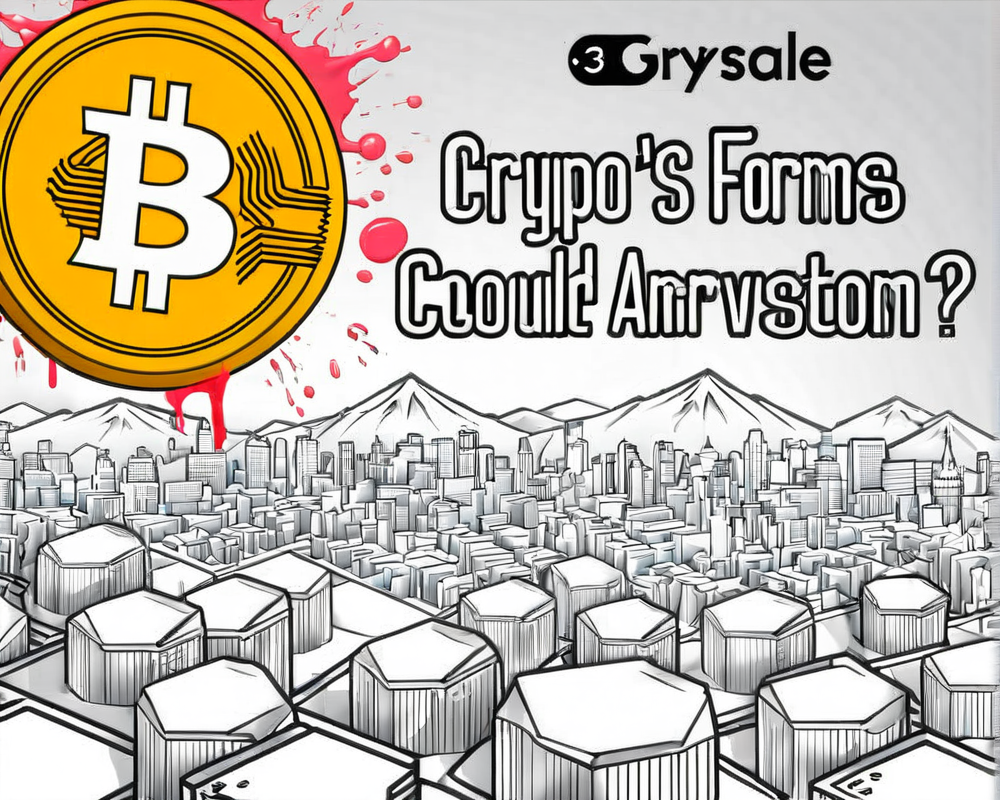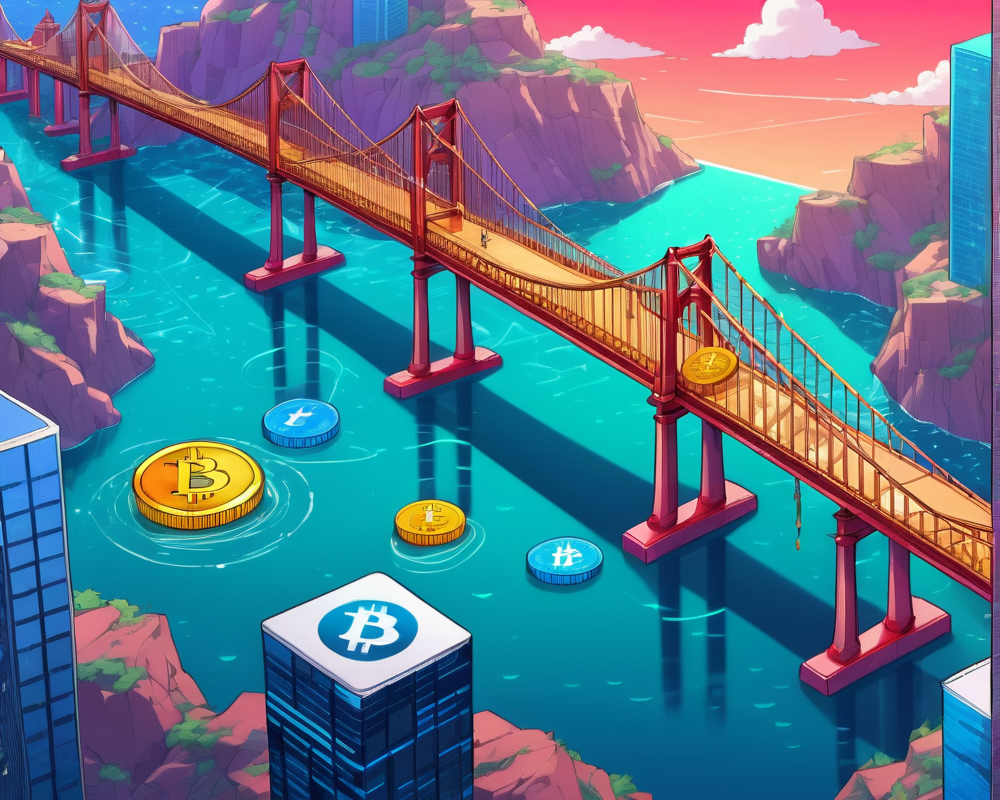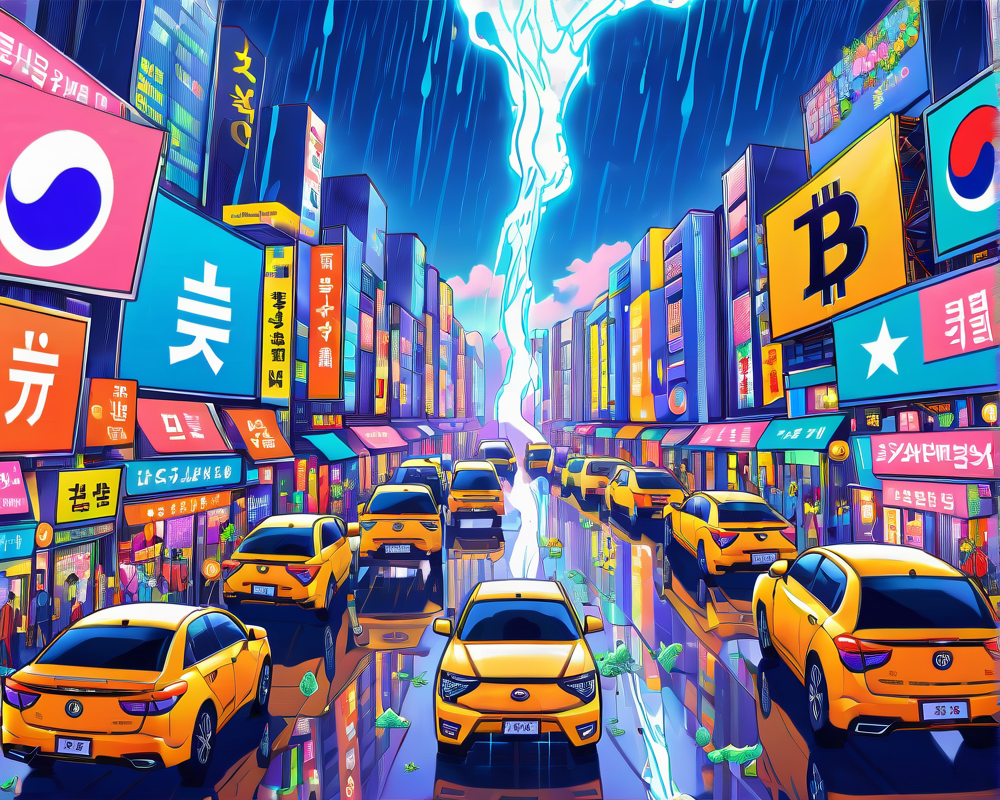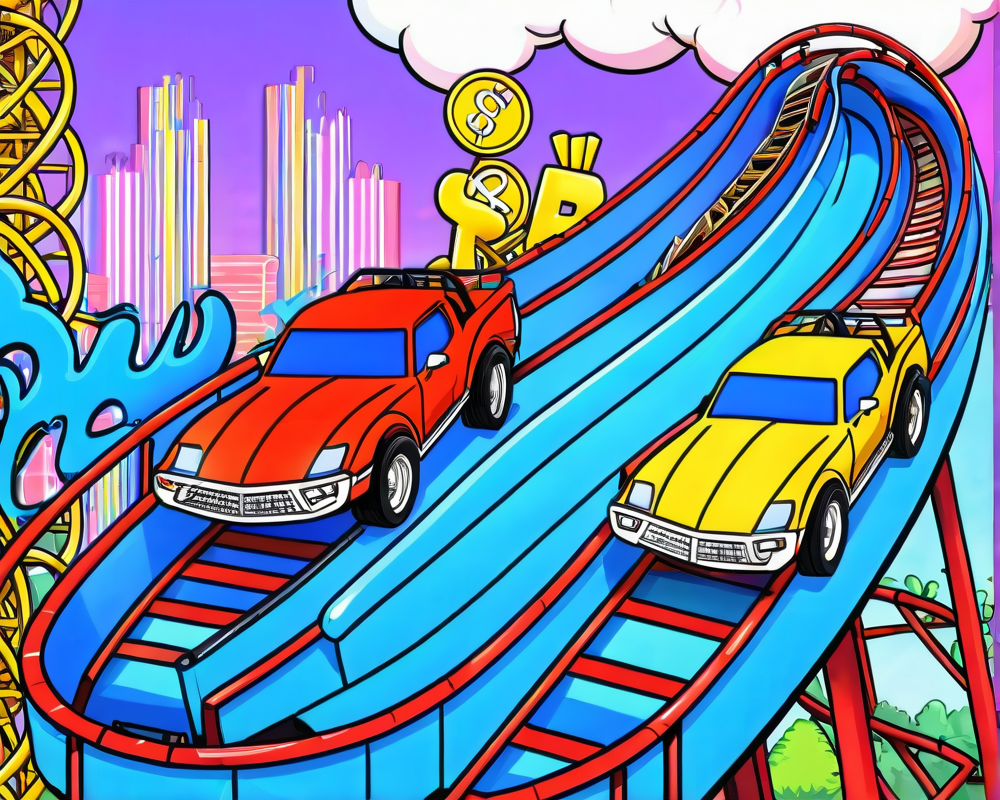The Rise of Crypto Art
In a world captivated by nonfungible tokens (NFTs), it’s vital to ponder how art can eclipse financial value. Crypto art has brought a revolutionary change to the digital art sphere by enhancing ownership through blockchain technology. This newfound ownership has not only solidified the place of digital creators but also allowed them to profit immensely, transforming the rules of the art game.
The Hunt for Scarcity
Scarcity has always held a cherished spot in the collector’s handbook. From limited-edition prints to the hunt for unique digital pieces, collectors are fueled by the thrill of the chase. For instance, consider how Jack Dorsey’s iconic tweet smashed the internet in its singularity. The appeal of owning a one-of-a-kind item is as potent as a cup of coffee on an early Monday morning.
Icons of the Scene
Heavyweights from various fields have jumped on the NFT bandwagon, making jaw-dropping sales feel as routine as morning traffic. From Paris Hilton’s eye-popping cat pictures to Beeple’s jaw-dropping auction at Christie’s, the market has shown a robust appetite for big-ticket digital collectibles. It’s like a modern-day gold rush, where the stakes are pixels instead of nuggets.
The Secondary Market: A Gentle Whisper
While the primary market is alive and bustling, the secondary market seems a bit shy. Data reveals that the action on secondary platforms is dwarfed by initial sales figures. This discrepancy could lead artists and collectors to fixate on these early sales instead of worrying about royalties, which can resemble a choose-your-own-adventure book without clarity.
Bridging Two Worlds
Efforts are ongoing to close the gap between physical and digital art. The original goal revolved around the tokenization of physical masterpieces to democratize access to high-end art. However, many endeavors have hit stumbling blocks, as traditional art collectors often shy away from crypto wallets, while digital natives regard physical items with less sentimentality. Imagine attempting to convince a cat to appreciate a dog; it’s a tough crowd.
The Banksy Burn Incident
Then, there’s the legendary Banksy screenprint incident where the artists set fire to creativity. Acquired for $95,000 and auctioned as an NFT for around $400,000, this act blended vandalism with innovation. The Injection Protocol team claimed it was art, marking not just a digital transition but creating something entirely new. Talk about turning up the heat on the art world!
Artistic Subversion: The Message Behind the Madness
This performance isn’t merely shocking; it bears deep symbolism. Banksy’s piece bore the text, “I can’t believe you morons actually buy this shit.” With a wink to the audience, this act was reminiscent of famous art spectacles that criticized commercialization and the art market itself. Was this a rich critique hidden behind a thick veil of irony?
Unraveling the Market’s Response
While art enthusiasts debated the audacity of destroying classic works, the Injective Protocol team may have delivered more than a mere theatrical stunt. It could represent a landmark moment in actionist art within the crypto realm, shifting focus from dollar signs to meaningful critique.
A Lasting Impact
Many years down the line, once the dust of current trends settles, this could emerge as the moment the lines between art and commerce blurred spectacularly. Rather than just another extravagant six-figure NFT sale, we may view this as a revolutionary turning point, redefining how we perceive value in the art world.
